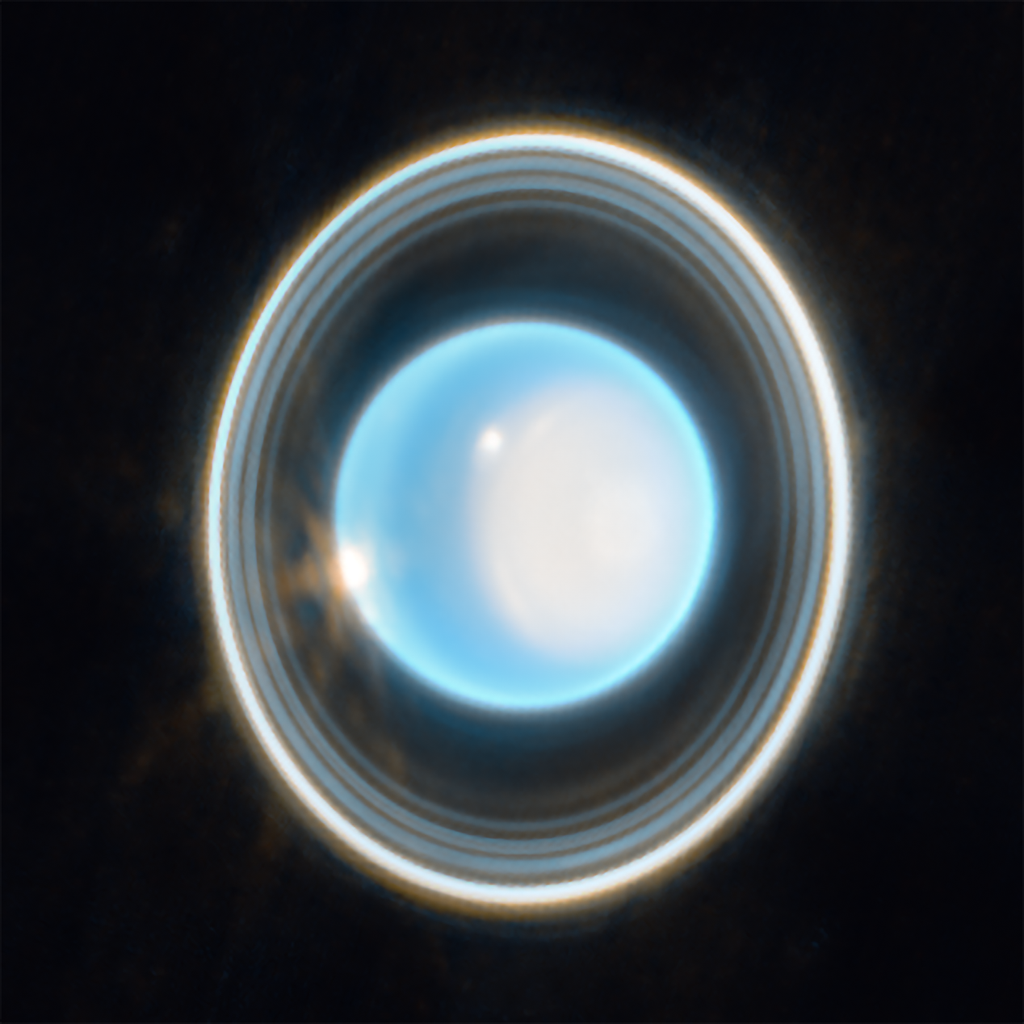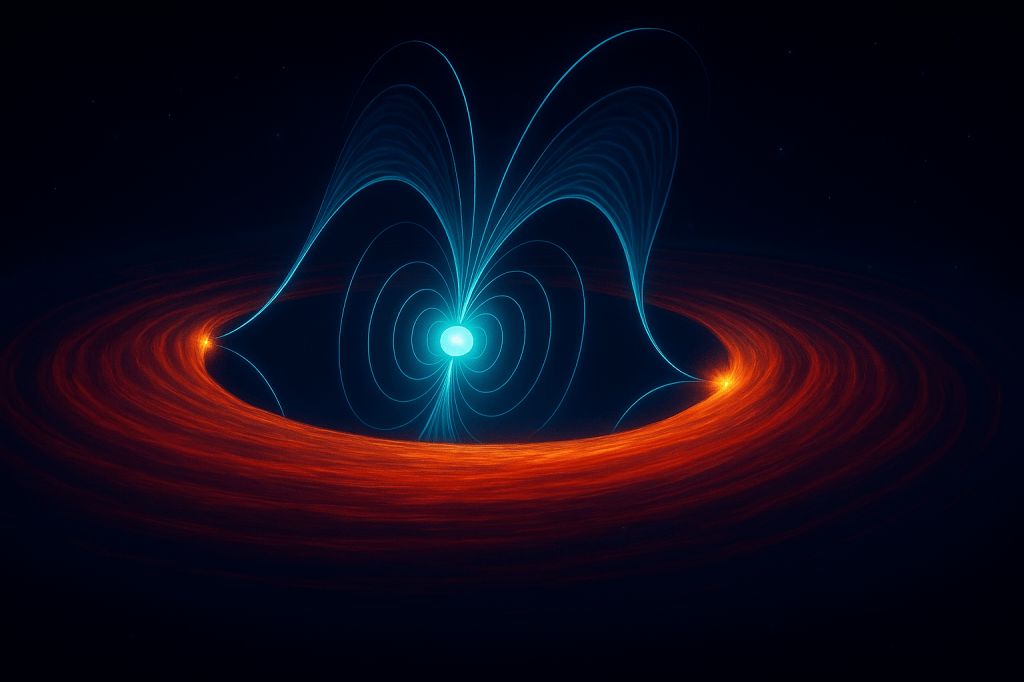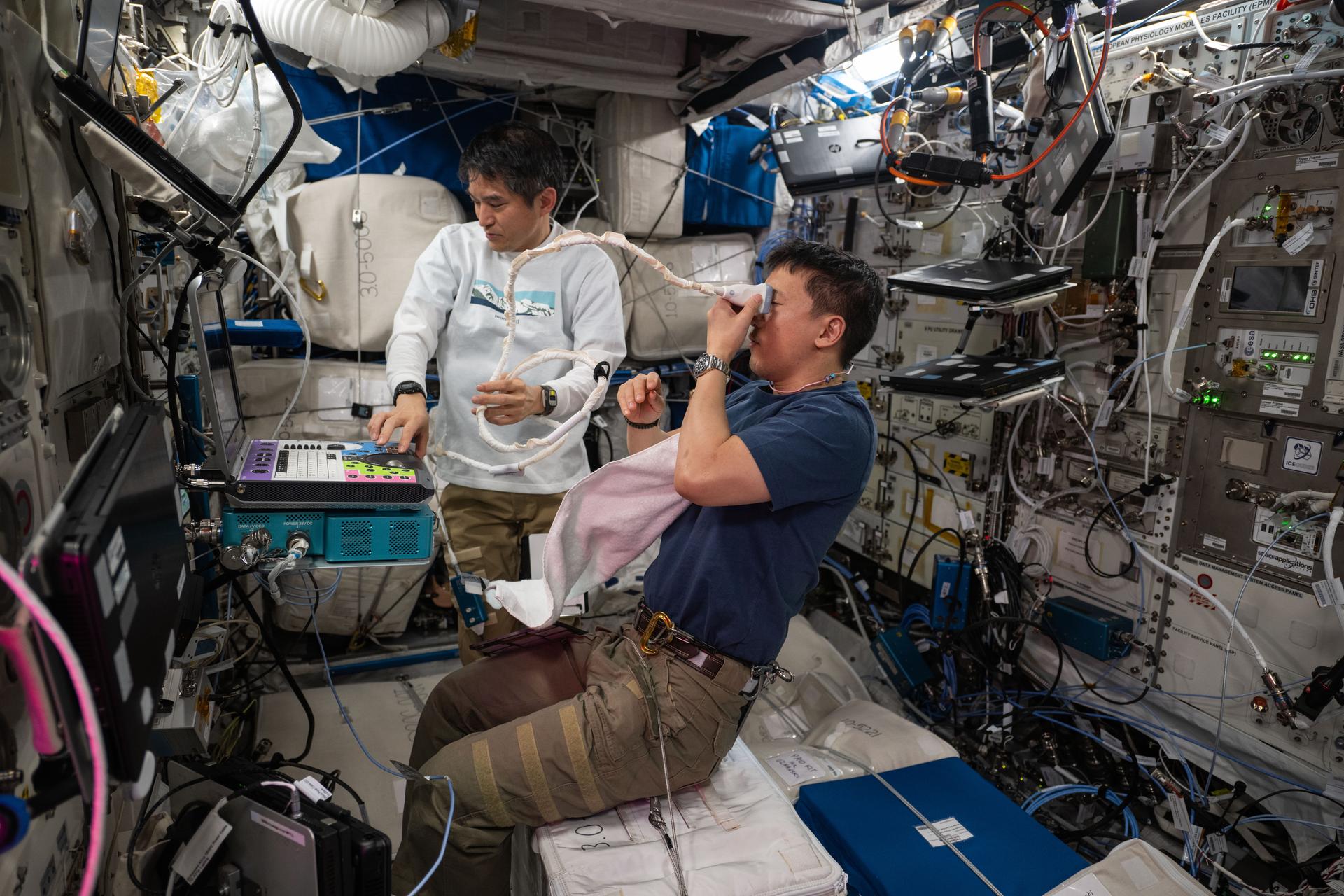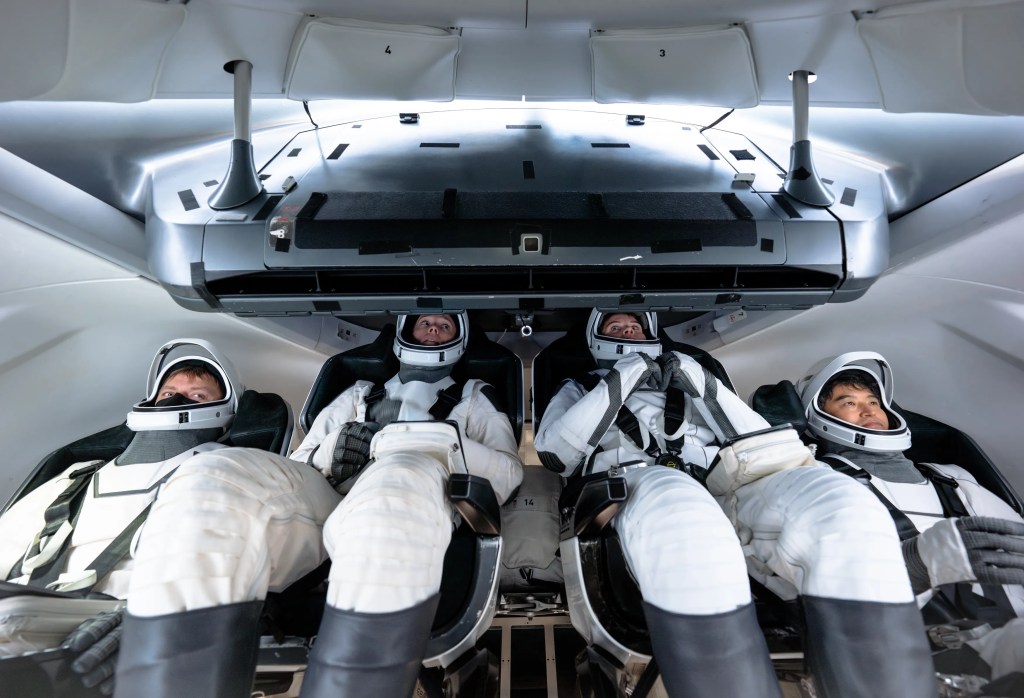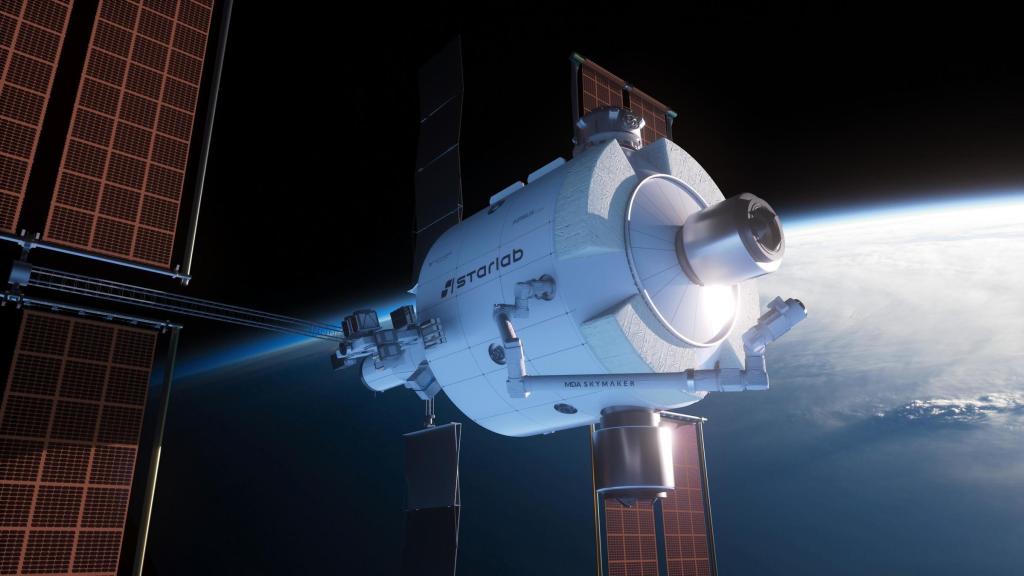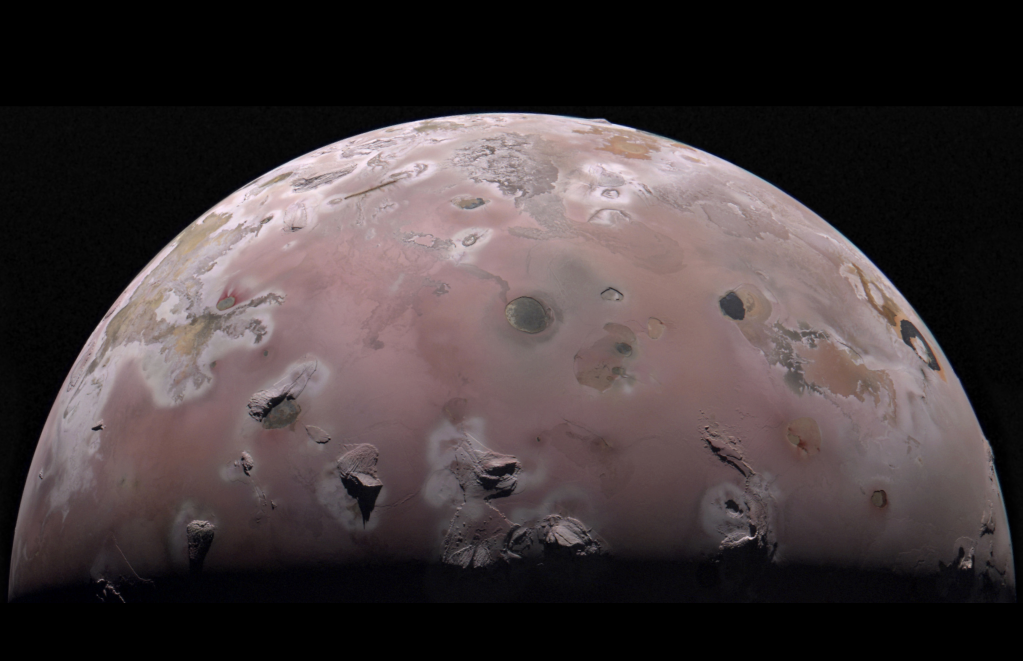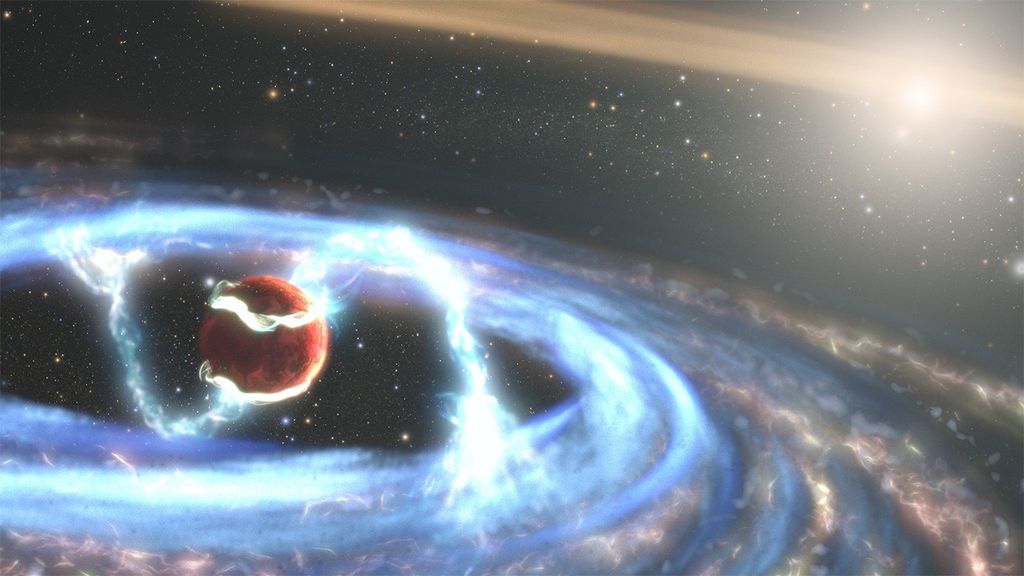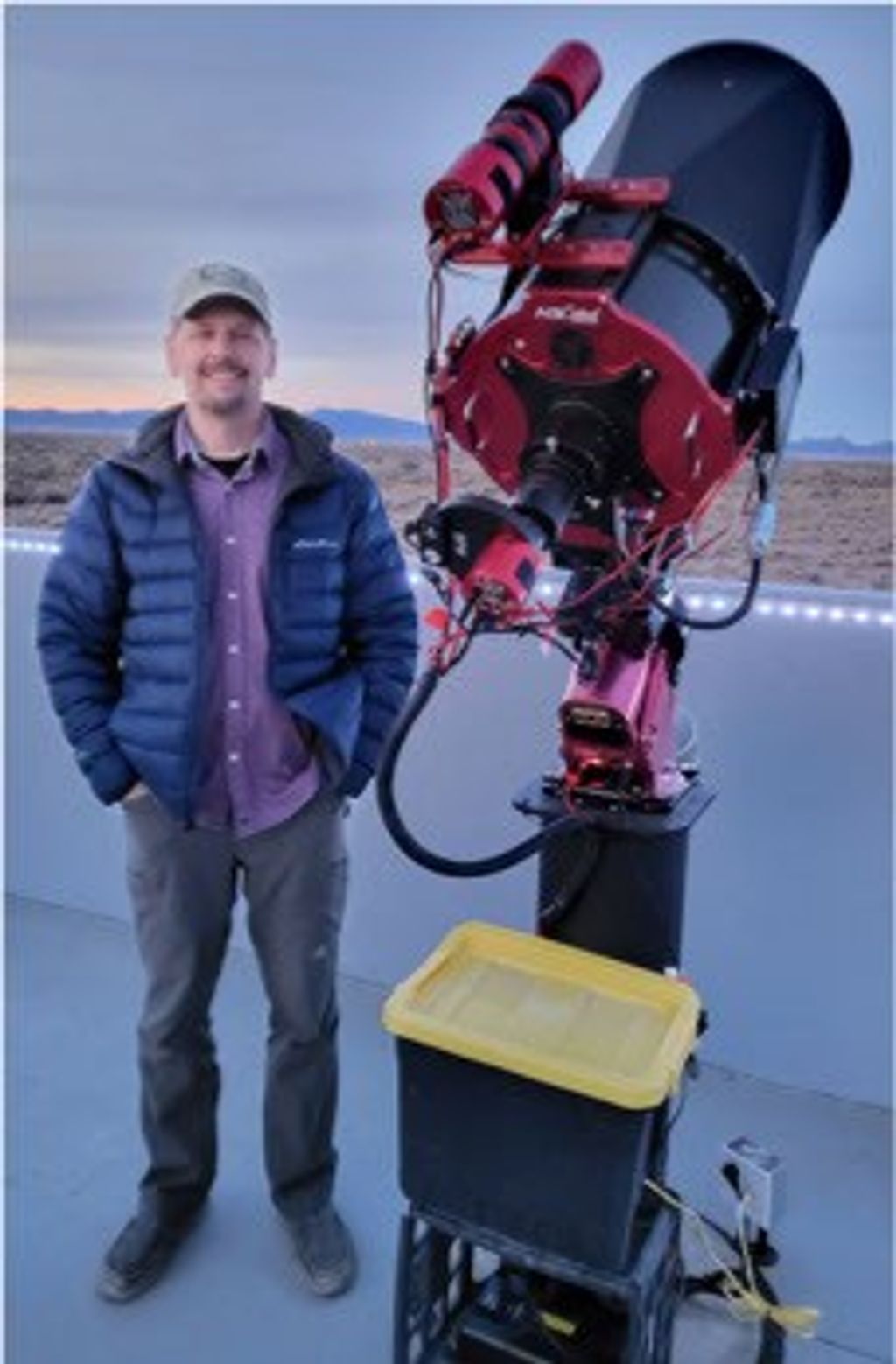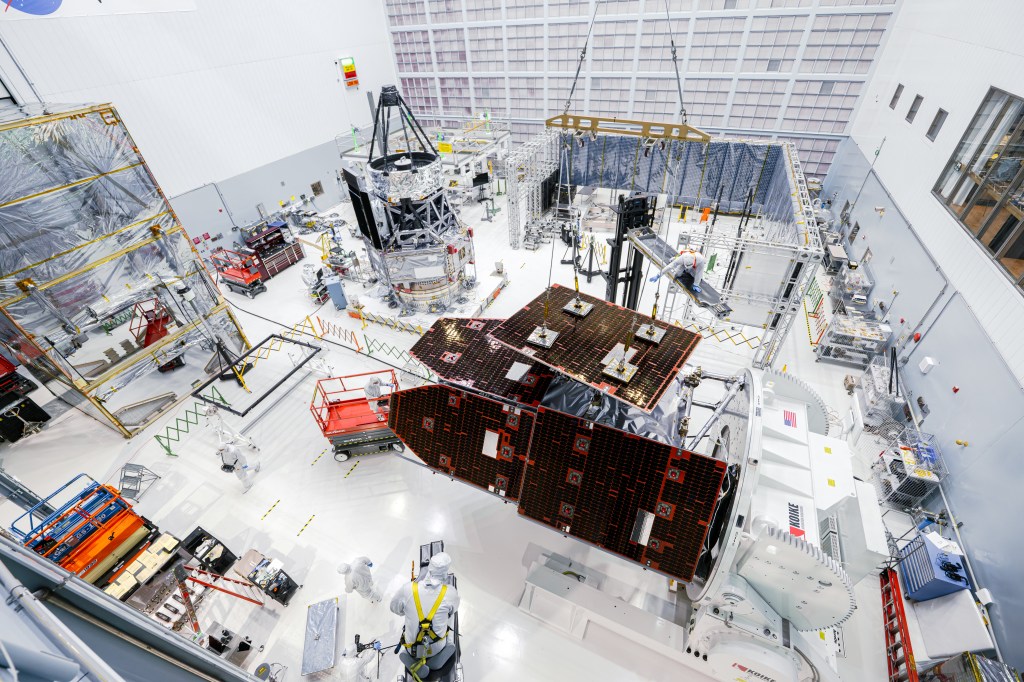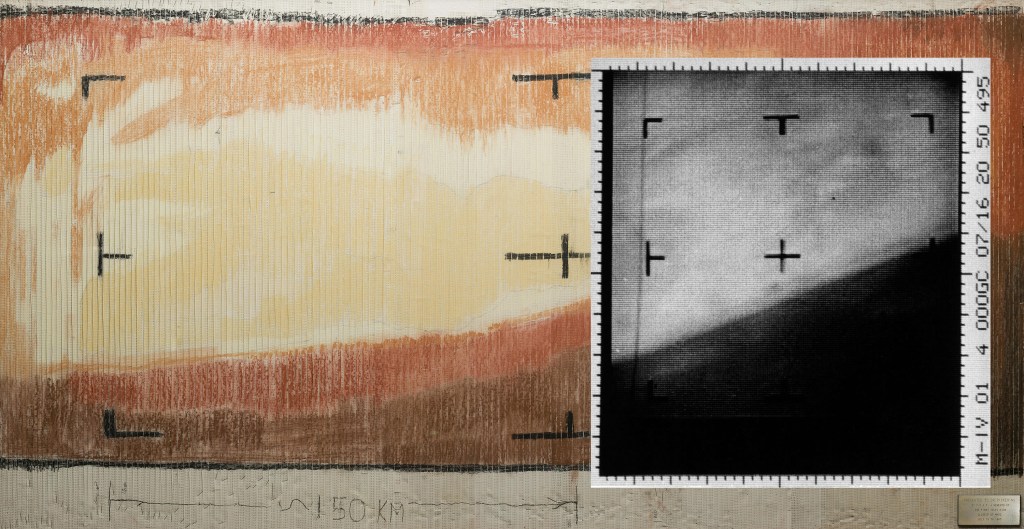1 min read
Moons Around Saturn

This series of 10 Hubble Space Telescope images captures several small moons orbiting Saturn. Hubble snapped the five pairs of images while the Earth was just above the ring plane and the Sun below it. The telescope captured a pair of images every 97 minutes as it circled the Earth. Moving out from Saturn, the visible rings are: the broad C Ring, the Cassini Division, and the narrow F Ring.
The first pair of images shows the large, bright moon Dione, near the middle of the frames. Two smaller moons, Pandora (the brighter one closer to Saturn) and Prometheus, appear as if they're touching the F Ring. In the second frame, Mimas emerges from Saturn's shadow and appears to be chasing Prometheus.
In the second image pair, Mimas has moved towards the tip of the F Ring. Rhea, another bright moon, has just emerged from behind Saturn. Prometheus, the closest moon to Saturn, has rounded the F Ring's tip and is approaching the planet. The slightly larger moon Epimetheus has appeared.
The third image pair shows Epimetheus, as a tiny dot just beyond the tip of the F Ring. Prometheus is in the lower right corner. An elongated clump or arc of debris in the F ring is seen as a slight brightening on the far side of this thin ring.
In the fourth image pair, Epimetheus, in the lower right corner, streaks towards Saturn. The long ring arc can be seen in both frames.
The fifth image pair again captures Mimas, beyond the tip of the F Ring. The same ring arc is still visible.
In addition to the satellites, a pair of stars can be seen passing behind the rings, appearing to move towards the lower left due to Saturn's motion across the sky.
The images were taken Nov. 21, 1995 with Wide Field Planetary Camera-2.
- Object NameObject NameA name or catalog number that astronomers use to identify an astronomical object.Saturn
- Release DateApril 26, 1996
- Science ReleaseSaturn Ring-Plane Crossing, November 1995
- CreditPhil Nicholson (Cornell University) and NASA
Related Images & Videos

Saturn's Rings as the Sun Sets Behind the Ring Plane
This is a rare view of Saturn's rings seen just after the Sun has set below the ring plane, taken with the Hubble Space Telescope on Nov. 21, 1995. This perspective is unusual because the Earth is slightly above (2.7 degrees latitude) Saturn's rings and the Sun is below them....
Share
Details
Claire Andreoli
NASA’s Goddard Space Flight Center
Greenbelt, Maryland
claire.andreoli@nasa.gov


